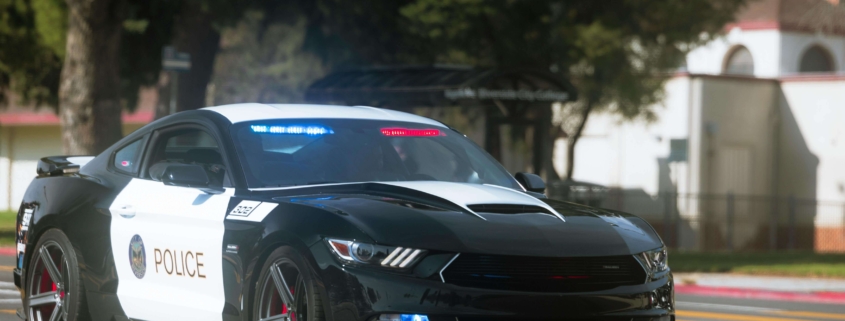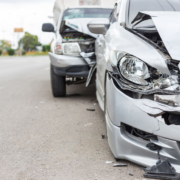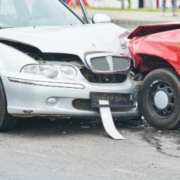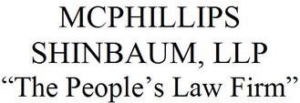What is the Last Clear Chance Doctrine and How Does It Apply to Alabama Car Accident Claims?
Understanding the last clear chance doctrine can be daunting, especially after a car accident. This legal rule can be crucial for determining who is responsible for the accident, especially in Alabama, where contributory negligence laws are strict. Essentially, the last clear chance doctrine can allow someone who may have been partly at fault to still get compensation if it’s proven that the other person involved had the final opportunity to avoid the accident but failed to do so.
Wondering how to assert your rights after an Alabama car accident? It’s time to talk to the personal injury team at McPhillips Shinbaum, led by attorney Aaron J. Luck. Call us at 334-262-1911 to set up a consultation now.
Fundamental Concepts of the Doctrine
The last clear chance doctrine is primarily used in negligence cases to determine responsibility. It comes into play when someone might not be able to get compensation because they were partly at fault for the accident. This doctrine creates an exception by shifting some of the responsibility to the person who had the final opportunity to prevent the accident but didn’t take action.
To use this doctrine, it must be shown that the other party had a clear and reasonable chance to avoid the accident but failed to do so. This means that both parties’ actions are closely examined. For example, if one driver could have easily stopped their car to avoid hitting another but chose not to, the doctrine could apply. The focus is on that last moment when the accident could have been avoided. Understanding this can be crucial in determining who is ultimately responsible for an accident.
Implementation in Alabama Car Collisions
In Alabama, the last clear chance doctrine is crucial due to the state’s strict contributory negligence rules. Under contributory negligence, if an injured party is even slightly at fault, they may not recover any damages. The last clear chance doctrine, however, can offer a way around this. For this doctrine to apply, there must be clear proof that the other party had the final chance to prevent the accident but failed to act. Alabama courts scrutinize the moments leading up to the collision to see if the other driver had a reasonable opportunity to avoid it.
Illustrative Cases Featuring the Doctrine
Consider a driver approaching a busy intersection where another car is stalled. If the driver has ample time and space to stop or swerve but fails to do so, the last clear chance doctrine could apply. This doctrine shifts focus from who caused the stall to whether the driver had a final opportunity to avoid the crash.
Another example might involve a pedestrian jaywalking and a driver who spots them well in advance. If the driver could have slowed down or changed lanes but instead continued at the same speed, they might be held responsible under this doctrine. The key point is that the driver had a clear, final chance to prevent the accident but did not act.
By examining these moments, the courts determine if the last clear chance doctrine can influence the outcome of a case. This approach can be especially critical in Alabama, where contributory negligence laws are strict. Understanding these scenarios helps clarify how the doctrine works in real-life situations, emphasizing the importance of the last opportunity to avoid an accident.
Holding Drivers Accountable
The last clear chance doctrine holds drivers responsible for their obligation to keep others on the road safe, even if others make bad judgment calls. Without the last clear chance doctrine, you’d likely see a significant uptick in accidents. Imagine this fictional scenario: Vehicle A cuts in front of Vehicle B. Vehicle B has enough time to stop, but Vehicle A is definitely not capable of speeding up in time to keep the flow of traffic going. If Vehicle B slams into Vehicle A simply because Vehicle A made an error, they could recover compensation without the last clear chance doctrine.
Get the Help You Need with McPhillips Shinbaum
If you or someone close to you has been hurt in a car accident, it’s time to reach out to the team at McPhillips Shinbaum. Give us a call at 334-262-1911 or send us a message online to set up a consultation now.













